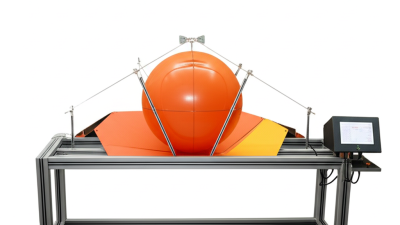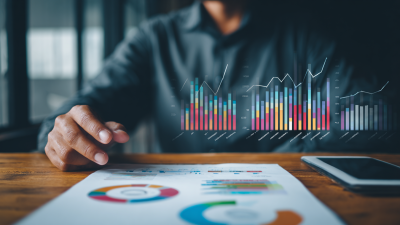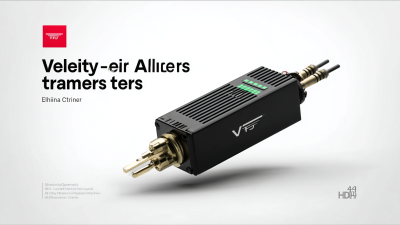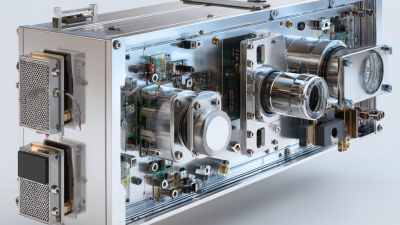
-
Home
-
Product Center
-
Application
-
Support
-
JT Cloud
-
About Us
-
Contact Us
Leave Your Message

In the realm of precision measurement, selecting the right Temperature and Humidity Calibration Equipment is paramount for ensuring the reliability and accuracy of environmental data. According to a recent report by MarketsandMarkets, the global temperature and humidity monitoring market is projected to grow from $1.2 billion in 2021 to $1.8 billion by 2026, highlighting the increasing importance of accurate calibration in various industries, including pharmaceuticals, food processing, and environmental monitoring. With stringent regulatory standards and a commitment to quality assurance, organizations must understand how to identify the most effective calibration solutions. This blog will provide seven essential tips for choosing the best equipment, helping you navigate the complexities of calibration processes while enhancing operational efficiency and compliance.
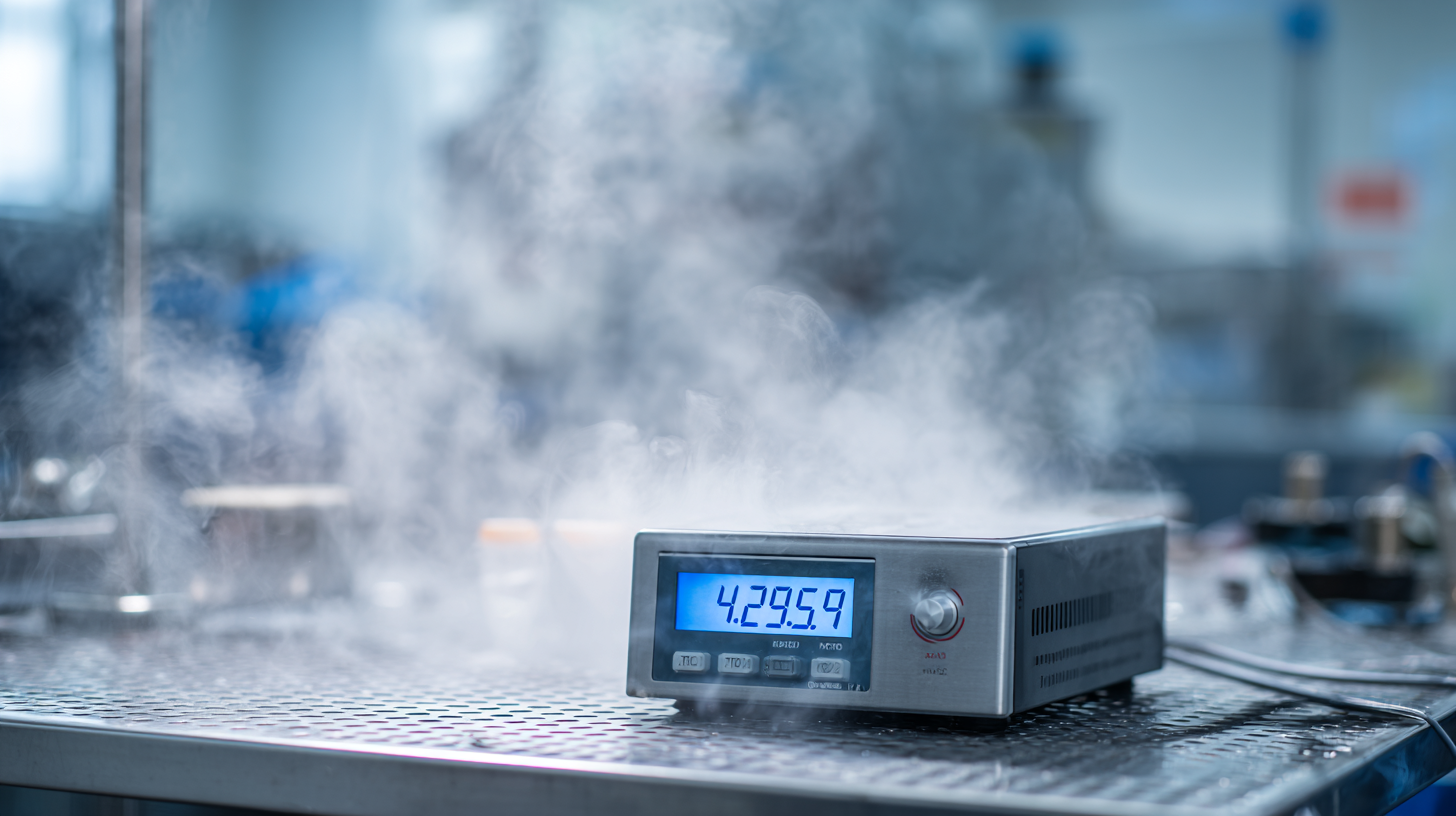
Temperature and humidity calibration equipment plays a crucial role in various industries, especially those where precision is paramount, such as pharmaceuticals, food production, and environmental monitoring. Accurate calibration ensures that instruments provide reliable measurements, which can directly impact product quality, safety, and compliance with regulations. Without proper calibration, temperature and humidity readings may lead to flawed processes, costly errors, and even health risks.
When selecting calibration equipment, consider the environment in which it will be used. For instance, Tip 1: Ensure that the equipment can operate efficiently under specific conditions, such as extreme temperatures or humidity levels. Additionally, Tip 2: Look for equipment with a traceable calibration certificate. This certification ensures that the device has been tested against national or international standards, providing assurance of its accuracy. Furthermore, Tip 3: Evaluate the ease of use and maintenance of the equipment. User-friendly interfaces and accessible support can simplify the calibration process, enhancing overall operational efficiency.
By understanding the importance of precise calibration in temperature and humidity monitoring, businesses can make informed decisions about the equipment they choose, ensuring optimal performance and reliability in their operations.
This chart illustrates the importance of various factors when selecting temperature and humidity calibration equipment, highlighting key aspects such as accuracy, range, stability, and price.
When selecting temperature and humidity calibration equipment, it's crucial to focus on key features that ensure accuracy and reliability. First, consider the instrument's accuracy specifications. High-quality devices should have precise calibration tolerances, ideally within the range necessary for your specific applications. Look for equipment that undergoes rigorous testing, with certifications from recognized standards organizations, ensuring that it meets industry norms for precision.
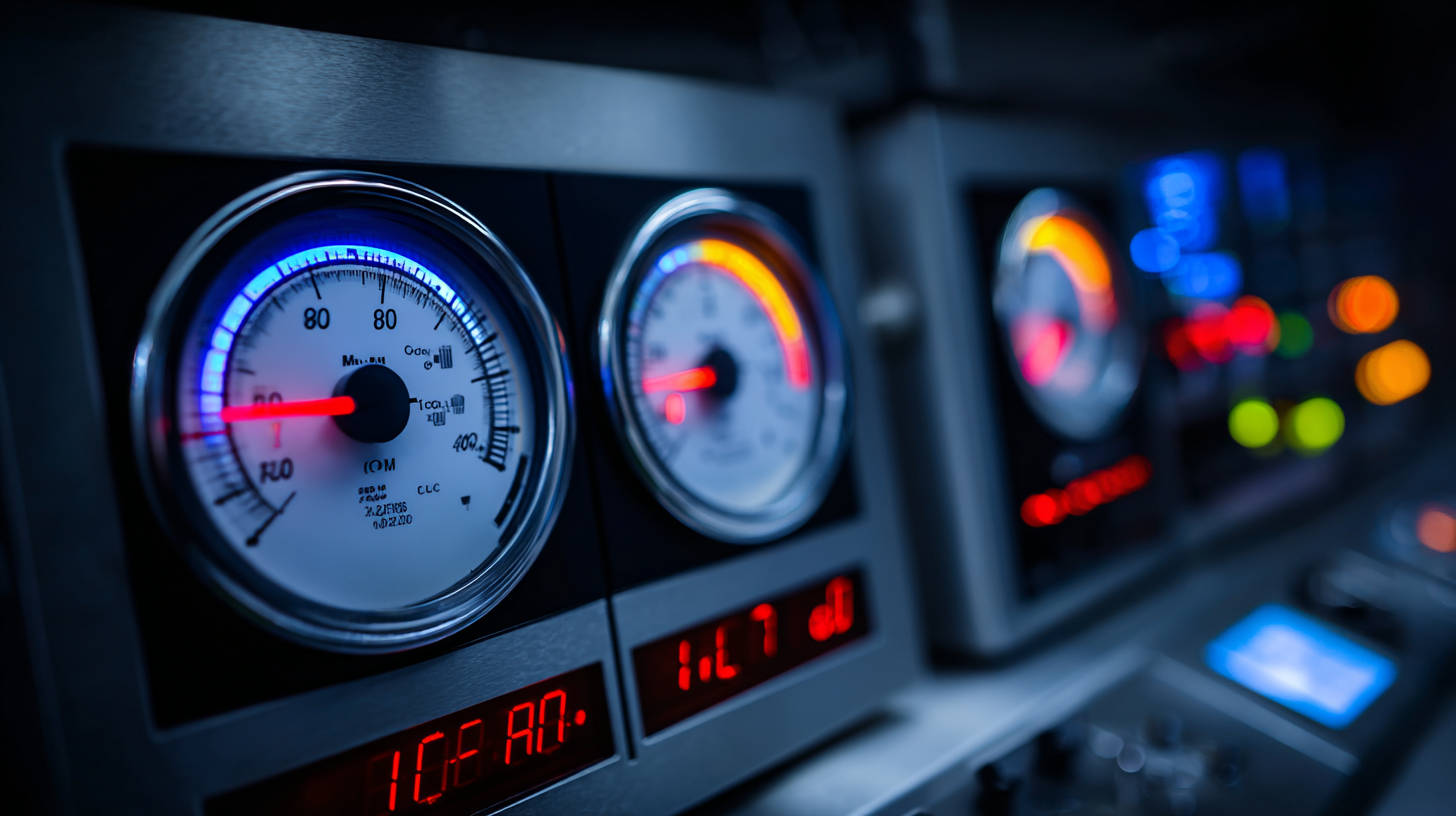
Additionally, automated calibration systems are becoming increasingly essential in manufacturing and laboratory environments. These systems streamline the calibration process, reducing the potential for human error and enhancing the overall consistency of measurements. The capability for remote calibration and real-time data tracking can also be a significant advantage, providing you with immediate insights into instrument performance. Moreover, consider the calibration range and sensor compatibility, especially if you're working with complex multi-sensor systems. These features are vital to adapting your calibration practices to evolving technological needs while maintaining accurate monitoring in various environmental conditions.
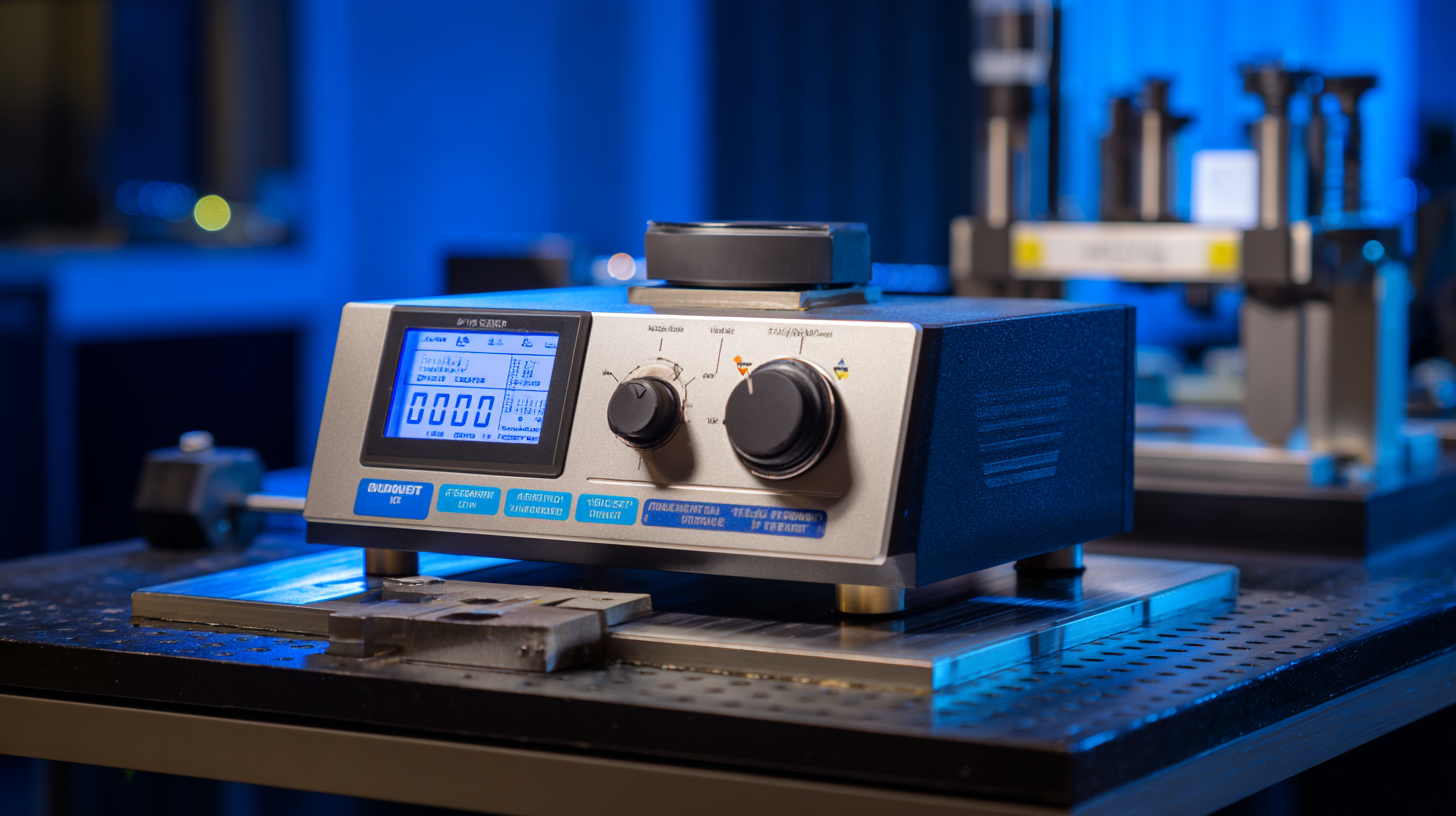 When it comes to selecting temperature and humidity calibration equipment, understanding the different types available is crucial. Various instruments exist to suit different needs, from handheld devices for fieldwork to more advanced fixed systems for laboratory settings.
Handheld calibrators are often portable and user-friendly, making them ideal for quick checks and on-site calibrations. However, for more precise and stable readings, laboratory-grade equipment with higher accuracy and traceability may be required.
When it comes to selecting temperature and humidity calibration equipment, understanding the different types available is crucial. Various instruments exist to suit different needs, from handheld devices for fieldwork to more advanced fixed systems for laboratory settings.
Handheld calibrators are often portable and user-friendly, making them ideal for quick checks and on-site calibrations. However, for more precise and stable readings, laboratory-grade equipment with higher accuracy and traceability may be required.
Another aspect to consider is the technology behind the instruments. Some calibration equipment uses electrochemical sensors, while others rely on thermistors or platinum resistance temperature detectors (RTDs). Each technology has its advantages; for example, electrochemical sensors can be sensitive and responsive to changes, but may require more frequent maintenance. In contrast, RTDs provide excellent long-term stability, making them a preferred choice for critical applications. By thoroughly comparing these types of calibration equipment, users can determine which option best suits their specific calibration needs and application environments.
When selecting temperature and humidity calibration equipment, ensuring accuracy and precision is paramount. Calibration tools must reliably convert raw measurements into accurate data, directly impacting any subsequent analysis or application. For instance, recent advancements in automatic ultrasound calibration demonstrate the significant role that enhanced accuracy plays in complex applications such as 2D to 3D image registration. This shows that precise calibration is not just an ancillary process but a critical foundation for achieving high-quality outcomes in various fields.
Moreover, the integration of machine learning with advanced hydrodynamic models reveals a growing trend towards embracing innovative methodologies to refine calibration processes. In environments where traditional calibration might fall short, technologies that adaptively calibrate instruments based on contextual information can significantly improve predictive analytics and risk assessments, particularly in urban flood management. The focus on precision ensures that tools remain reliable under varying circumstances, reflecting the increasing importance of meticulous calibration practices across diverse industries.
| Calibration Equipment | Temperature Range (°C) | Humidity Range (%) | Accuracy (%) | Precision (%) | Calibration Certificate |
|---|---|---|---|---|---|
| Digital Thermo-Hygrometer | -40 to 100 | 0 to 100 | ±0.5 | ±1.0 | Yes |
| Thermocouple Calibration Kit | -200 to 1200 | N/A | ±0.2 | ±0.5 | Yes |
| Hydrometer with Calibration Options | 10 to 80 | 10 to 90 | ±1.0 | ±2.0 | Yes |
| Portable Temperature and Humidity Logger | -40 to 60 | 0 to 100 | ±0.3 | ±0.5 | Yes |
| Standard Calibration Chamber | -25 to 100 | 10 to 95 | ±0.1 | ±0.3 | Yes |
When it comes to investing in temperature and humidity calibration equipment, budget considerations play a crucial role in ensuring you receive quality products without overspending. While it might be tempting to go for the cheapest option available, this can often lead to inaccurate readings and additional costs down the line due to repeated calibrations or equipment replacements. Instead, focus on striking a balance between cost and reliability by researching reputable brands known for producing durable and precise instruments.
Another important aspect to consider is the total cost of ownership. This includes not only the initial purchase price but also the ongoing costs such as maintenance, calibration services, and any necessary accessories. Choosing equipment that offers long-term reliability might require a higher upfront investment but can save you money and headaches in the long run. Additionally, be sure to take advantage of warranties and after-sales support, as these can provide further reassurance of your purchase and help mitigate potential future expenses.
Always remember, investing wisely in quality calibration equipment can enhance your operational efficiency and data integrity in the long term.
